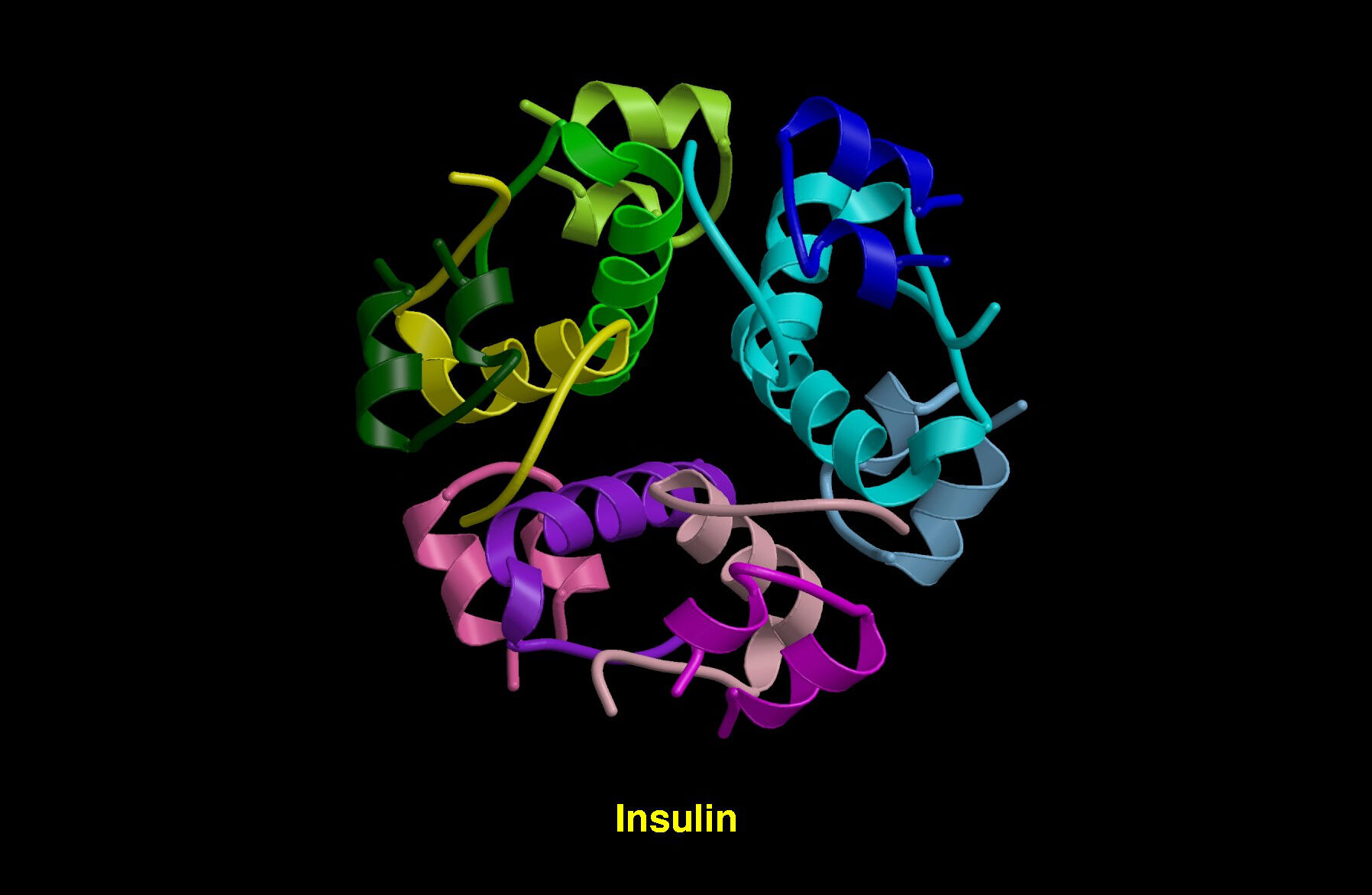We use cookies to improve your experience with Monash. For an optimal experience, we recommend you enable all cookies; alternatively, you can customise which cookies you’re happy for us to use. You may withdraw your consent at any time. To learn more, view our Website Terms and Conditions and Data Protection and Privacy Procedure.
Autoimmune diseases are on the rise
Published on September 9, 2024It's estimated one in five of us will develop an autoimmune disease at some stage of our lives. We need better ways to treat them.
 Autoimmune diseases occur when our immune system attacks our body’s own cells, tissues and organs. : Illustration by Michael Joiner, 360info CC BY 4.0
Autoimmune diseases occur when our immune system attacks our body’s own cells, tissues and organs. : Illustration by Michael Joiner, 360info CC BY 4.0
It’s estimated one in five of us will develop an autoimmune disease at some stage of our lives. We need better ways to treat them.
Our immune system is a wonderful thing.
It protects and defends us against all manner of diseases — pathogens, parasites, bacteria and other bugs.
But sometimes our immune system can become overactive, attacking our body’s own healthy cells, tissues and organs under the mistaken impression that they somehow pose a threat.
This is what happens for people living with an autoimmune disease.
Autoimmune diseases can primarily impact either one main organ, like type 1 diabetes which affects the pancreas, or several organs in the case of systemic autoimmune diseases like lupus or rheumatoid arthritis.
The Australasian Society of Clinical Immunology and Allergy says there are more than 80 related disorders that fall under the banner of autoimmune diseases, ranging from common to rare.
Between three to eight percent of the population are affected by autoimmune diseases globally, although they occur in women at double the rate they occur in men and are also a leading cause of death for women under the age of 65.
The evidence suggests the prevalence of autoimmune diseases overall is increasing, posing significant public health challenges.
It’s been estimated that one in five of us will develop an autoimmune disease at some stage of our lives.
Currently, there are no cures for any autoimmune diseases but researchers hope that may soon change.
360info looks at the future of autoimmune diseases, what we still need to understand about such disorders and what some of the solutions might be to combating these conditions.
Originally published under Creative Commons by 360info™.













